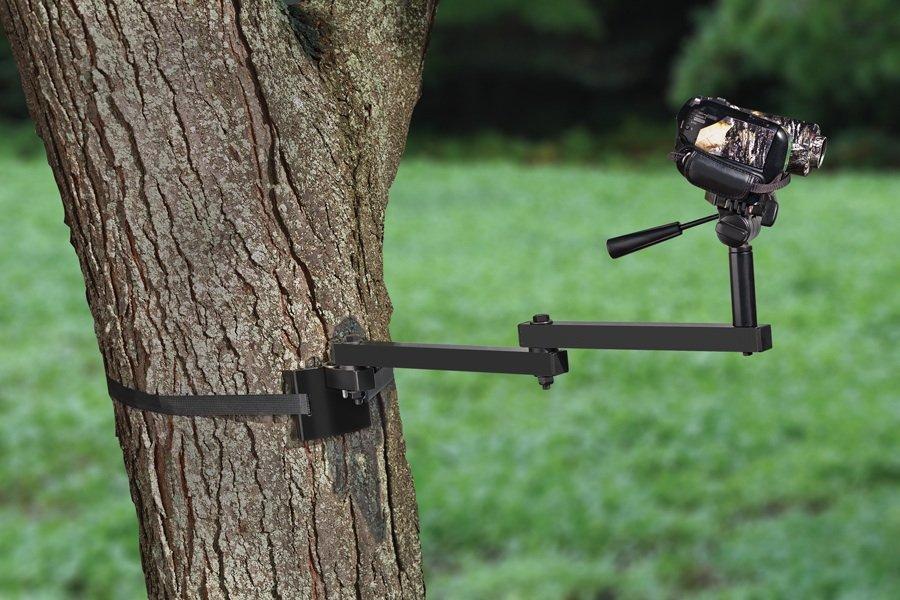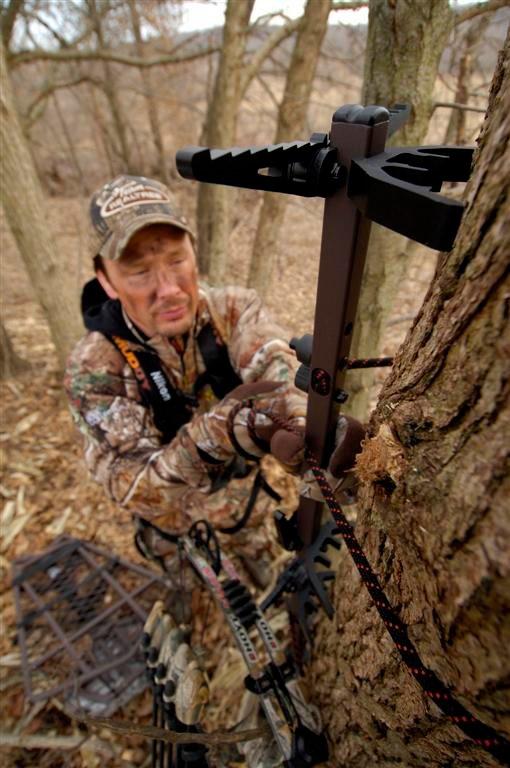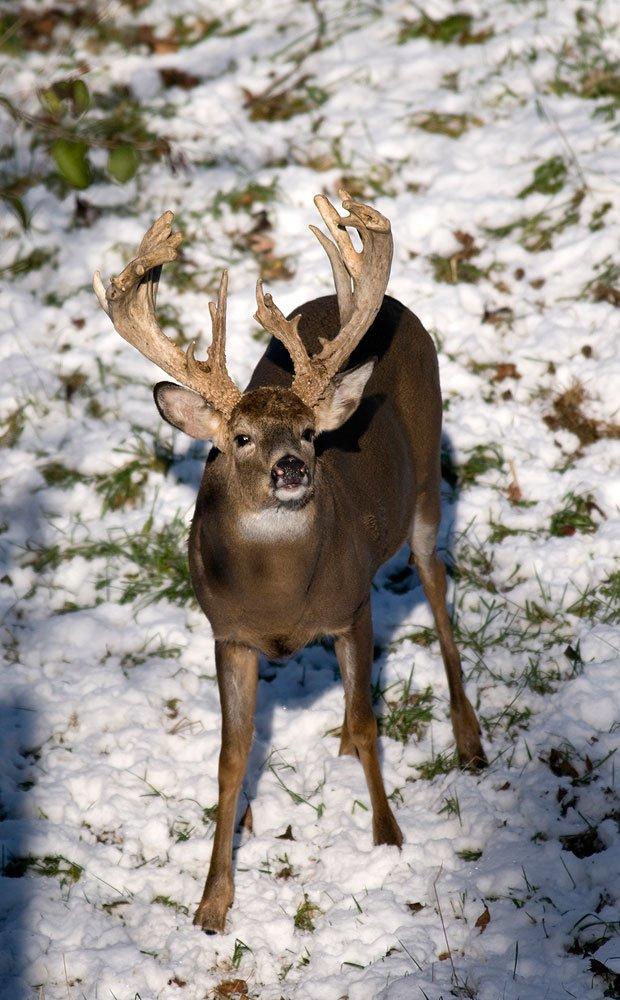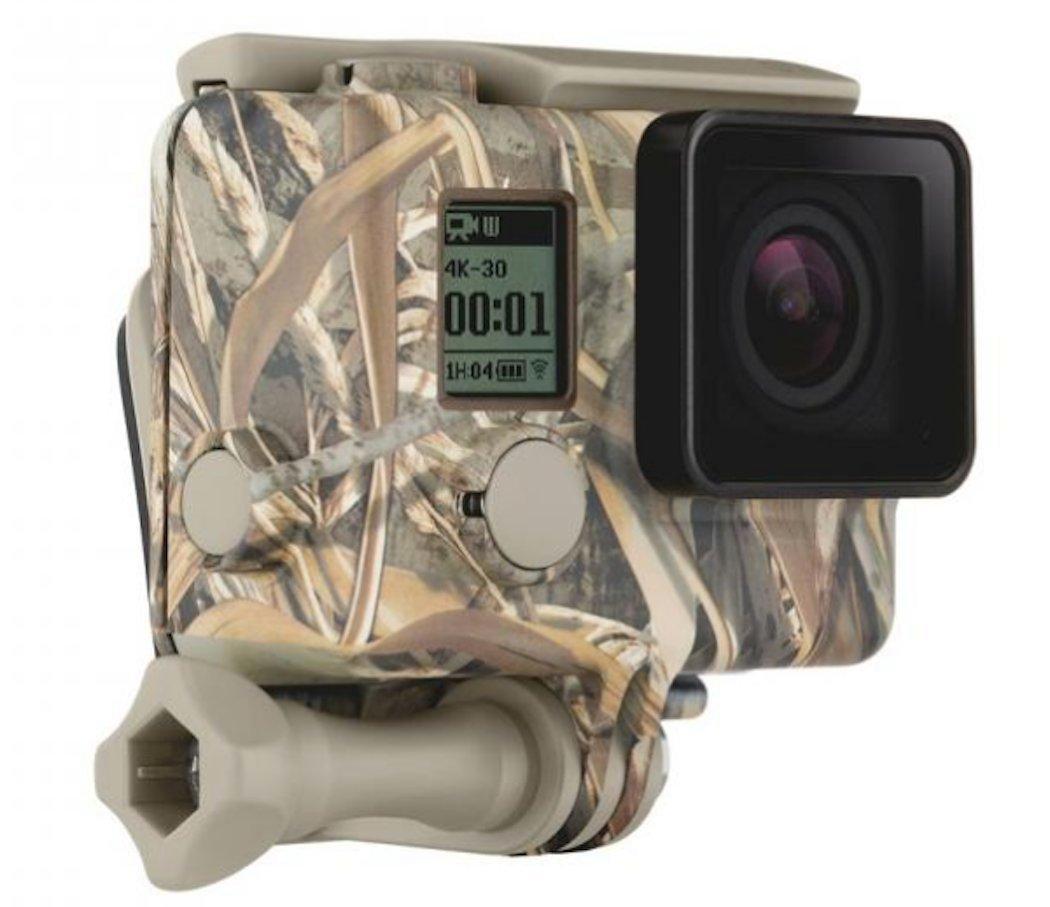How to Turn a Hunt Into a Home Video
As the popularity of hunting videos and outdoor television grows, so does the desire of average hunters to video their own hunts. Every spring and fall, hunters across the country pack a video camera in their backpacks and head into the woods with hopes of catching a successful hunt on film. The problem is many hunters head into the woods with a new camera without really knowing how to properly film a hunt. Instead of going home with quality video footage, they go home with footage that looks like it was taken during an earthquake.
Brian Bychowski with Pine Ridge Archery and Video Producer Marc Baird both know a lot about filming hunts. Bychowski spent years filming and editing for Midwest Outdoors, a television show based out of Illinois. According to him, hunters must first learn how to properly use a video camera.
If you plan to film your own hunt instead of getting a friend to film over your shoulder, it will be challenging. When I film myself hunting, I realize before I start that something must be compromised. Either the hunting or quality of video footage will suffer. I choose the video footage because I don't want to pass up a buck if he presents a good shot opportunity, Bychowski said. Most of the time I have my lens zoomed out most of the way so I can catch the buck walking by and take the shot if I get one. Many hunters make a mistake when they have the camera zoomed in too tightly. When a shot presents itself, the deer has left the frame or the hunter only sees a small part of the deer on film. A wide angle shot might not show a close-up of the arrow hitting a buck, but at least hunters will have the kill shot on film.
Get your GoPro outfitted in the world's top camouflage patterns. Use it to get great alternate-angle shots of your hunt.
Marc Baird filmed for Scent-Lok for years. He now works full time as an editor and producer of some of the biggest shows in outdoor television. Baird's pet peeve is when hunters zoom in and out repeatedly and pan back and forth between several things within a few seconds.
I tell people who are filming for the first time that when they focus in on something they should do it for at least 10 seconds, Baird said. The telltale sign of a home video is when the camera is focused on a squirrel, then a bird, then a deer—all in less than eight seconds. If you are watching a squirrel eat an acorn through the view finder, watch it for a while instead of jerking back and forth between the squirrel and various other things in the woods. Watching 10 different things in a few seconds is confusing and difficult to watch.
Baird believes hunters need to remember to tell a story with their video camera. Very often I see short little videos made by hunters that show a kill shot and that's about it. Hunters should consider taping all kinds of things that pertain to a hunt, he said. For instance, if a few friends are going on an out-of-state hunt, they should film the sign that welcomes them to the state or town where they are hunting. Film a few cattle that are in a field near the treestand, film hanging the treestand or glassing from the treestand. A hunt is much more than a simple kill shot, and the film should show more than just the kill. Years later, remembering everything that took place on a hunt will be difficult, but if you filmed different things while hunting, it will be easy to jog your memory.

Not using a camera's digital zoom is another way to get clearer, less grainy video footage. Most cameras are equipped with a digital zoom that allows you to zoom in on something a long way off, Baird said. If a buck is 500 yards away with a digital zoom, you can zoom right in on him. But the footage won't look very good. If you want crystal clear footage, avoid using the digital zoom on a camera.
According to Bychowski, one easy way to get clearer, better looking footage is to turn off the auto-focus. Most cameras have an auto-focus feature, but often when videotaping a deer or turkey walking by, the auto-focus will focus on a stick or tree, and that makes the deer out of focus, he said. Hunters are much better off if they learn to use the manual focus.

When I am filming a hunt, I like to face the tree and have my camera off to the side and at head level with the hunter, Bychowski said. The tree trunk will break up my outline and hide my treestand. With my camera over the top of the hunter, I can easily film over their shoulder. If my stand is too low or too high or too far off to the side, getting the kill shot on film can be difficult.
Another thing to consider when hunting is the position of the sun. Filming into the sun or moving the camera into the sun can make the footage appear washed out, and deer might see the reflection of the sun in the lens and bolt. I've often seen game spooked from sun shining into a lens. Most videographers have learned that mistake the hard way, Bychowski said. When the sun is bright, try to avoid it. You'll end up with better footage all the way around.
Videotaping a hunt complicates everything, especially if you have two people in the tree. It's two people who can move at the wrong time, two people giving off human odor and two people who could make noise. All of these things spook game and can ruin a hunt. Do as much as you can before the hunt to ensure nothing goes wrong during the hunt.
When my friends and I hang stands, we bring several brackets and leave them in the tree so when we show up to hunt, we slide the camera arm into the bracket and hunt," Bychowski said. "There is no adjusting the ratchet strap, making noise, or adjusting the arm because it isn't in the right spot. All of that is done in advance so we can sneak in and out without making noise.

Filming a hunt is only half of the completed video. If you want a quality video, you must learn to edit film. There are a variety of film editing programs available. Most of the professionals in the hunting industry (including Bychowski and Baird) use Final Cut Pro X or Adobe Premiere CC. However, iMovie, which comes stock on most Mac computers, works well for beginners. Like anything, the deeper you get into film editing, the more you can plan to spend. The sky is the limit.
Editor's note: This was originally published August 15, 2010.
Are you a deer hunter thirsty for knowledge? Check out our stories, videos and hard-hitting how-to's on deer hunting.
And follow us on Facebook. It's the 21st century, dude. Get with the program.









